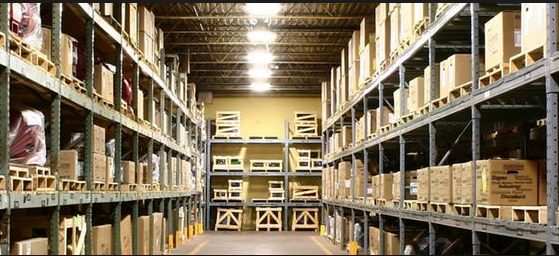In such a highly sensitive and fragile environments such as hospitals and healthcare facilities, quality everything is important; including the lights within and even outside the facility.
The importance is often overlooked within the healthcare industry as resources are often spent looking at ways to improve treatment. But one way you can improve treatment, reduces costs, and decrease liabilities is by installing quality healthcare lighting at your facility.
To help you identify what exactly a quality healthcare lighting system includes, we’ve include the following 9 points to help you.
Identifying Quality Healthcare Lighting Systems
● Good color temperatures based on patient needs. While some lighting color temperatures may not affect some patients, it may affect others. Discovering the perfect color temperature can prove to be difficult, but with some study of the topic and which is best for fragile environments you will surely define the appropriate color temperature.
● Technology that doesn’t flicker. The thing with flickering lights is that they can get highly annoying especially if you are around it all day. This can cause issues for both patients and workers. Flickering can cause irritation, loss of concentration, all of which are terrible combinations in a hospital type environment. The only technology that does not flicker, even at the end of the lighting sources life is a healthcare LED system. Things like Metal Halide and High Pressure Sodium (HPS) start flickering as they come closer to burning out, and this is something highly dangerous in this type of environment.
● Technology that doesn’t buzz. This point is very similar to the previous, just this is a buzz rather that a flicker. Again the only solution to this issue is LED, as metal halide and HPS fixtures can buzz when they get older in usage.
● Toxin free fixtures. The last thing you want is a broken bulb filled with toxins to be inside (or outside) your fragile health care facility. Fluorescent fixtures and tubes are one of the biggest culprits of this issue. When broken, they often require extreme caution to clean up. And what happens when one of these fixtures breaks near a patient? A very bad situation. LED technology avoids all toxic chemicals which is another reason it is perfect for such sensitive environments like walk-ins and hospitals.
● Testing by third party organizations. The lighting industry is full of both quality and not-so-quality fixtures. To be able to tell the difference, the DLC, better known as DesignLight Consortium which was founded in 1998, is in place to test and qualify lighting products. If commercial lights on the market are not listed, we suggest to avoid these at all costs. Instead, be on the look out for both DLC standard and premium fixtures as they prove to be longer lasting and eligible for rebates.
Important Considerations for Any Healthcare Facility
● Always go DLC for rebates. As talked about in a previous point, DLC allows you to receive rebates (typically) through your utility company. Although they can vary greatly depending on where you are located, you should contact your utility company to consult with them about what DLC qualified products at your facility can do for you and any rebates available.
● Never cheap out with your lighting upgrades. Although you may save money in your upfront investment, the long run will prove to cost you significantly more. Not only in direct energy costs, but also liabilities you may open yourself up to by having sub-par lighting that leads to accidents.
● Always try going for the highest lumen per watt system. The highest lumen per watt system you can find always leads to a higher decrease in utility costs. This allows you to payback your investment faster and save month to month on your facilities energy costs. Be sure to always analyze your options though, including initial upfront cost in your analysis.
● Educate yourself on lighting. You don’t want to fall victim of any low quality lighting just because you have no basic education on lighting systems. Always be on the lookout for educational opportunities around the web that will allow you to at least get an idea of the industrial lighting industry; most specifically healthcare lighting. While you don’t need to become an expert, it’ll never hurt to learn the basics and then some.
Final Words
Here are some final words on the topic of healthcare facility lighting systems that you should keep in mind.
● Don’t go without DLC qualified lighting
● Always do your research
● Stay educated and up to date with what’s the best option of lights
● Fragile environments require quality lighting - don’t put patients or even workers at risk
There you have it, some important things to keep in mind regarding lighting for your health care building. Keeping your patients safe is the number one priority remember that!
source http://my-led-lighting-guide.blogspot.com/2016/09/how-to-identify-quality-healthcare.html

No comments:
Post a Comment